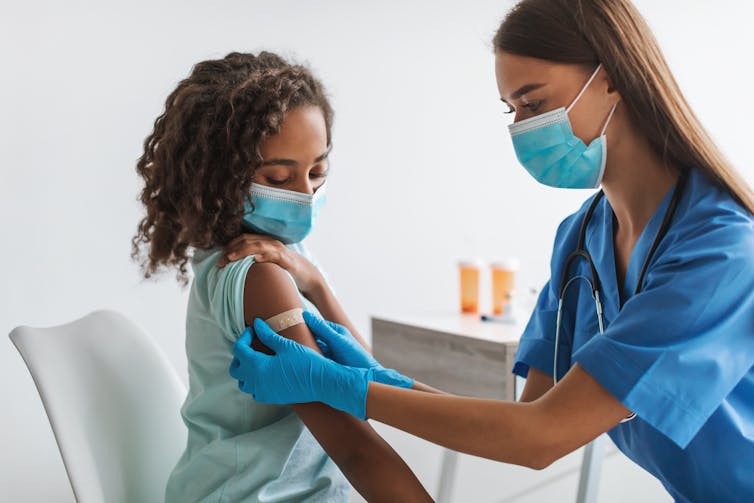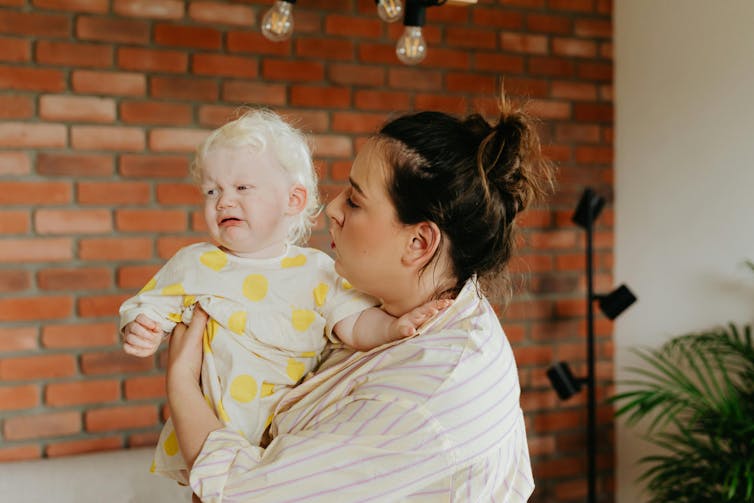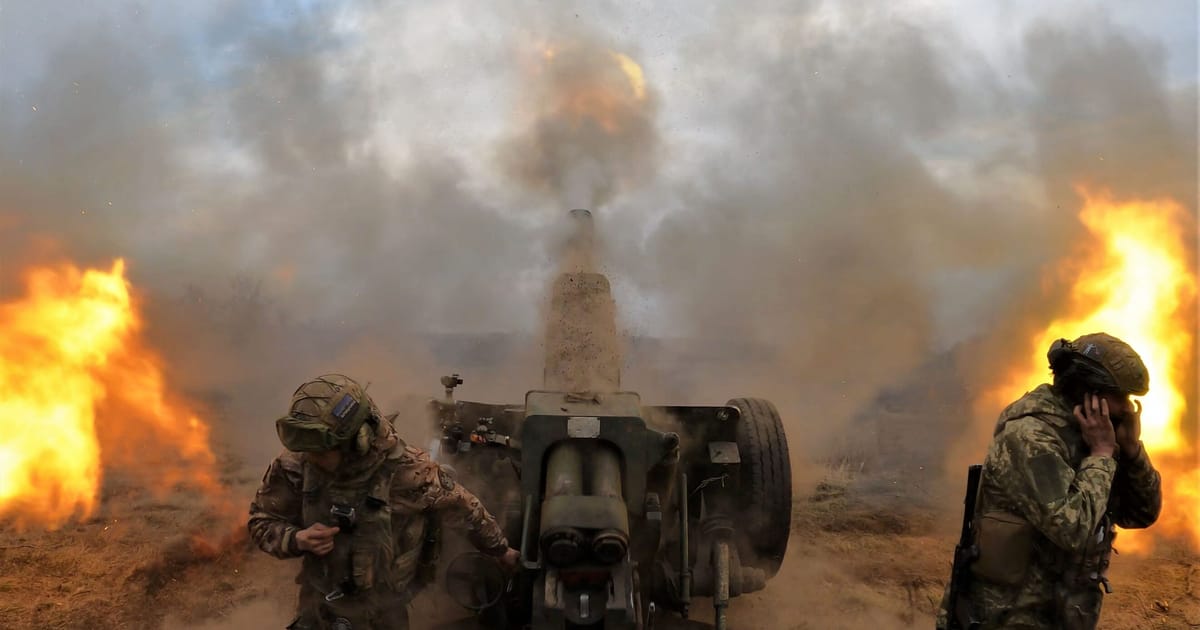So far in 2024 there have been more than 17,000 cases of whooping cough (pertussis) across Australia. This is well above our usual national average. It’s already six times more cases than we saw in all of 2023.
News headlines in multiple states have warned of whooping cough outbreaks over recent weeks and months. Most recently, Western Australia has reported a surge, highest in the state’s south-west.
Young infants are at the greatest risk of severe disease and death as whooping cough numbers continue to climb.
So why has it been such a big year for whooping cough? And how can we prevent this dangerous disease spreading further?
First, what is whooping cough?
Whooping cough is an infection that affects the lungs and airways. It’s caused by the bacterium Bordetella pertussis. Like other respiratory infections, it passes easily from person to person via coughing, sneezing or talking.
Adults and children can get sick with whooping cough and suffer prolonged periods of coughing that may last weeks or months. In infants, the cough is characterised by a “whoop” sound when they breathe in, and they may vomit after coughing. In some cases, there may be no cough at all, and babies under one year can experience pauses in their breathing or turn blue.
Babies younger than six months are particularly vulnerable to whooping cough as they’re not yet fully immunised. Infants under four months have the highest rate of hospitalisation. Around one in 100 hospitalised children under one may die from the infection.
Why are cases surging this year?
Along with other infectious diseases, including viral infections such as influenza and bacterial infections such as group A streptococcal infection, whooping cough all but disappeared at the height of the COVID pandemic.
After social distancing measures were eased, we’ve seen a higher-than-usual burden of circulating respiratory infections. This is particularly true for children, who had less exposure to common bugs during the lockdown period than they would normally have.
Whooping cough usually surges every three to four years, but social distancing, border controls, lockdowns and mask wearing during the pandemic meant our last peak occurred in 2016. Therefore many people now have less immunity to whooping cough than normal.
Further, whooping cough is highly infectious and immunity – from either immunisation or natural infection – wanes over time. This leaves people vulnerable to repeat infections.
Karolina Kaboompics/Pexels
What about the vaccine?
Immunisation is the best way to protect both yourself and vulnerable babies from whooping cough infections.
In Australia, children receive six pertussis vaccinations at the ages of six weeks, four months and six months (the primary course). “Booster” doses are given at 18 months, age four and year 7.
Maternal vaccination is the best way to protect very young infants. Whooping cough booster doses are recommended for pregnant women, from 20 weeks of pregnancy, in every pregnancy.
This allows the transfer of protective antibodies to the baby, reducing the chances of catching whooping cough during their first few months of life – particularly before receiving their first vaccination at six weeks.
Booster doses are also recommended for health-care workers and adults who come into close contact with infants, or care for young babies.
How effective is the vaccine?
The vaccines recommended currently are good at providing protection against severe whooping cough (around 85% efficacy). They are less able to protect against milder infections in children. This means they don’t have much impact on reducing the transmission of whooping cough, which tends to occur when people with milder infections are well enough to be out and about in the community.
Whooping cough vaccines available in Australia are “acellular” vaccines. These are made using purified proteins, rather than “whole cell” inactivated vaccines (based on a whole inactivated version of Bordetella pertussis).
Whole cell vaccines were used previously and provoked a better immune response, but were also associated with more side effects, such as fever or reactions at the injection site. The acellular vaccines cause fewer side effects and are very safe, but may result in a slightly lower immune response, which also wanes over time.
To address this, research is under way to reconsider the role of the whole cell vaccine. Other research is testing novel vaccine delivery methods, such as a nasal spray, which may be able to better reduce community transmission of whooping cough.

Prostock-studio/Shutterstock
How can we stop the surge?
The COVID pandemic resulted in drops in routine vaccination coverage. This was due to a combination of practical access issues – for example, people were concerned about catching COVID when visiting their GP – and lower vaccine acceptance. The latter resulted from a rise in vaccine misinformation on social media, mistrust in government, and increased scrutiny of vaccine safety, among other factors.
Across Australia, up-to-date pertussis vaccination coverage in young children declined from 94.2% in 2021 to 93.6% in 2022. This drop represents thousands of children and sends us further below our 95% coverage target.
Coverage was even lower in adolescents in 2022 (86.9%), with many children missing their year 7 booster doses.
We haven’t previously had good national data on maternal vaccination, because historically the Australian Immunisation Register didn’t record pregnancy status. But research has shown coverage is variable in expectant mothers (between 49% and 89%). Rates are particularly low among Indigenous women, culturally and linguistically diverse women and those of lower socioeconomic status.
Recent updates to the Australian Immunisation Register, allowing documentation of pregnancy, will improve our understanding of vaccine coverage in this group.
It’s essential pregnant women and parents ensure they and their children are up to date with routine vaccinations. This will help protect everyone against vaccine-preventable illnesses, including young infants who are most vulnerable to getting very sick from whooping cough and other infections.
Candice Holland from Queensland Health contributed to this article.




